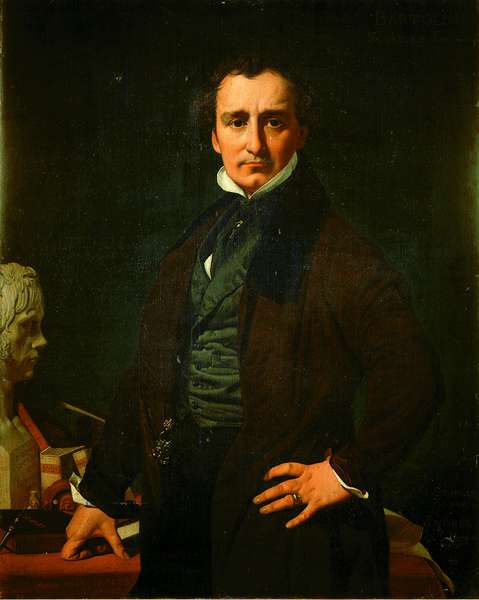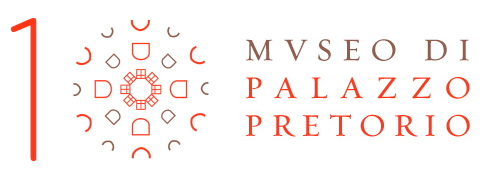The sculptures of Lorenzo Bartolini

The section dedicated to Bartolini is on the third floor of the Palazzo Pretorio. Among his work, note the chalk model for his masterpiece, Faith in God (1834). This sculpture was commissioned by Rosa Trivulzio Poldi Pezzoli in memory of her dead husband, and expresses her abandonment of faith following her loss.
Bartolini represented these feelings as a young naked figure, sitting with her hands joined and laid down quietly, with an expression of intimate and intense devotion on her face. He probably took inspiration from one of his models caught in a moment of rest. That model had already been used for another masterpiece, the admirable A Nymph of the Arno (1825), whose chalk model is also on display in the Palazzo Pretorio.
Among the most beautiful sculptures, there is the portrait of the Russian noblewoman Mariana Gur’eva (1821), dedicated by Bartolini to his friend Ingres.
In the museum another awesome marble may be seen, recently credited to Bartolini and lent by a family from Prato: The Spinner, a female figure holding traditional spinning tools, probably a tribute to the textile industry of the City of Prato. Note, too, the elegant chalk model for The rest of innocence (1820) dedicated to the memory of a Russian nobleman’s daughter. The Museum hosts the first marble model for the Monument to Nicholas Demidoff (1837), the most challenging feat of Bartolini’s life. The sculptor’s naturalist flair is strongly expressed in the various portraits on display. Particularly noteworthy are the busts of historical personalities such as the Bonaparte family, to whom Bartolini was especially close. Many other portraits by Bartolini are displayed in the Museum, such as Teresa Gamba Guiccioli (1822), Lord Byron’s partner; Cassandra Luci, the princess Poniatowski (1826); and the composer Gioacchino Rossini(about 1830), a great friend of Bartolini.

